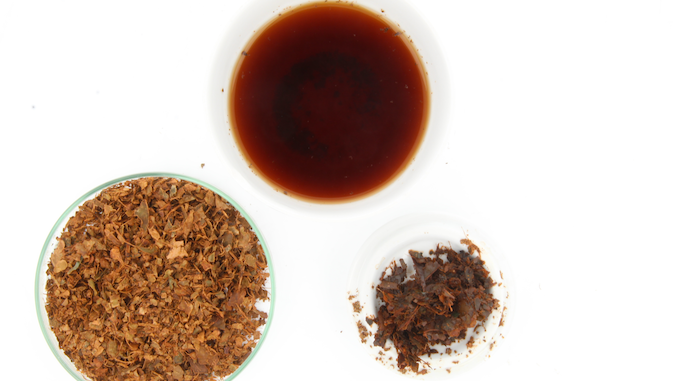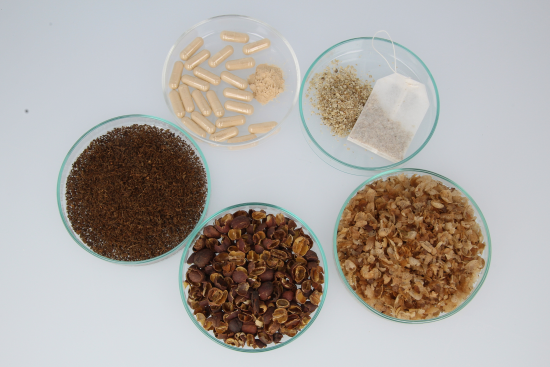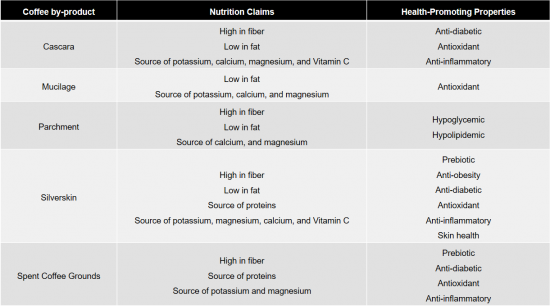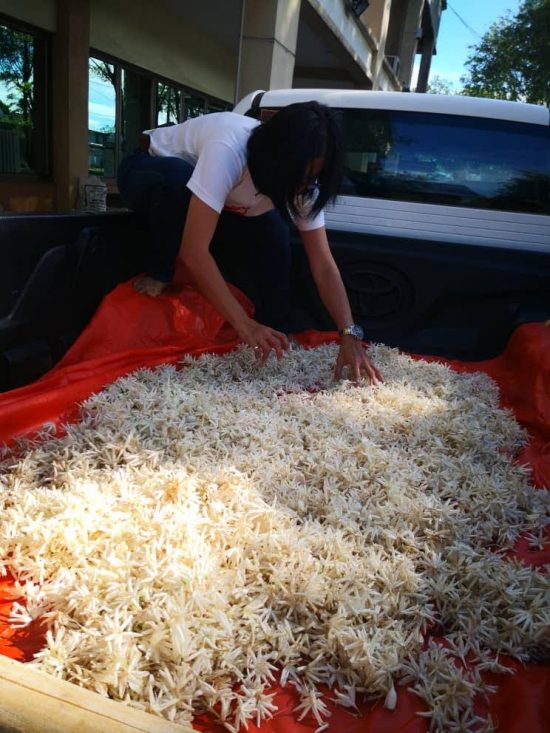
We learn what coffee by-products are and how they may be a way to create a sustainable future for coffee production.
BY YKER VALERIO
SPECIAL TO BARISTA MAGAZINE ONLINE
Cover photo courtesy of Marc Steger
After throwing out spent coffee grounds, especially in a café environment, it is almost inevitable to think about coffee waste. Many of us who work in coffee know that just a tiny portion of the cherry becomes a delicious cup of coffee. Moreover, experts say that we are wasting about 90% of the edible parts of the coffee cherry. Coffee by-products, or rather products made from coffee cherries, are drawing our attention. Although they are not a remedy to coffee waste, they are valuable to improving the coffee value chain and transforming it into a fairer, more sustainable, and more profitable one.

The Coffee By-Product Cascara
Several experts in coffee and food science agree on the importance of upcycling coffee by-products for sustainability. Chahan Yeretzian, head of the Coffee Excellence Center of the Zurich University of Applied Sciences, says that cascara and spent grounds are the most abundant by-products. However, he asserts that cascara is the most crucial one for coffee-growing businesses and workers. With this in mind, the Center co-led a project in 2019 with Bern University to promote high-quality coffee and coffee cherry products in Bolivia and Colombia.
The project team found exciting ways to showcase the potential of cascara by partnering with Slow Food Bolivia. They produced a book with 17 cascara-based recipes and a guide with good practices to manage and process cascara.
Top chefs from Slow Food Bolivia created the recipes in the book, focusing on local and affordable products. Chahan asserts that they aimed for two main objectives. First, revalorizing cascara so that farmers can have additional revenue streams. And secondly, promoting the use of cascara as part of a pleasant diet, so coffee farmers and workers can enjoy it more.
Other Parts of the Coffee Cherry
Amaia Iriondo-DeHond and Dolores del Castillo work at the Instituto de Investigación en Ciencias de la Alimentación in Madrid, Spain. During the past few years, the Food Bioscience Group at the institute has found a wide range of uses for coffee processing by-products. Their findings include not only cascara and spent grounds, but mucilage, parchment, and silverskin too.
The institute focuses on the prevention and reduction of food loss and waste, following the guidelines of the Food and Agriculture Organization of the United Nations.
In doing so, the institute compiled dozens of beneficial nutritional and health-promoting properties in coffee by-products. Moreover, all by-products have shown potential for different purposes, from food to cosmetics.

Other Types of Coffee By-Products
Coffee leaves and flower infusions, as well as cascara-based spirits, are other interesting by-products. The research team at the Chemical and Veterinary Investigation Agency Karlsruhe in Germany has reviewed coffee by-products extensively, including coffee leaves and flowers. According to the agency’s analyses, teas brewed with these products have interesting sensory, nutritional, and health-promoting features.

The opportunities and challenges to optimize the coffee value chain and value coffee by-products are immense, but they are a step on the path toward a more sustainable and fairer coffee value chain. Expectations are high and needs are pressing, considering that most coffee businesses at origin are at risk due to the volatile nature of coffee commodity markets.
Stay tuned for next week, when we discuss the challenges and opportunities of working with coffee by-products.


